Deep within the untamed heart of Borneo lies a realm so mysterious and untouched that it’s often called “Sabah’s Lost World.” The Maliau Basin Conservation Area is one of Malaysia’s most precious natural treasures a sprawling rainforest sanctuary where time seems to stand still.
For decades, this remote basin remained hidden from human eyes, protected by its naturally steep cliffs and dense jungle. Even today, only a select number of visitors are allowed in each year, preserving its raw beauty and ecological balance.
Imagine trekking through mist-shrouded jungles, listening to the call of hornbills echoing through ancient trees, and camping under a canopy of stars in one of the world’s last great wildernesses. This isn’t just a destination it’s an expedition into the depths of nature’s masterpiece.
Whether you’re an adventure seeker, a wildlife photographer, or an eco-traveler craving solitude, Maliau Basin Conservation Area offers one of the most profound nature experiences in Southeast Asia.
Where is the Maliau Basin Conservation Area?
The Maliau Basin is located in the Tongod District of south-central Sabah, approximately 190 km from Tawau and 300 km from Kota Kinabalu. It forms part of the Yayasan Sabah Forest Management Area and covers a staggering 58,840 hectares of unspoiled rainforest.
Completely encircled by cliffs reaching up to 1,675 meters high, the basin resembles a gigantic natural amphitheater a self-contained world that has evolved in isolation for millions of years. From above, it looks like a massive green bowl, with rivers and waterfalls weaving through its interior.
Because of its isolation, logging, agriculture, and settlement have never touched this land, making Maliau one of the last remaining pockets of truly virgin rainforest in Borneo.
For scientists, Maliau is a natural laboratory a place to study evolution, ecology, and climate resilience. For travelers, it’s a journey into the unknown.
Formation and Geography
Despite its bowl-like appearance, Maliau Basin is not a volcanic crater. Instead, it formed through ancient geological uplift and erosion over millions of years. Layers of sandstone, mudstone, and shale were pushed upward, eventually creating the distinctive circular formation that now defines the basin.
Within its walls lies an astonishing diversity of terrain from lowland dipterocarp forests to montane mossy forests blanketed in mist. Rivers snake their way through deep valleys, feeding into waterfalls that tumble hundreds of meters below.
The region receives over 3,000 mm of rainfall annually, ensuring that the ecosystem remains lush, green, and teeming with life year-round. This constant cycle of water and growth makes Maliau one of the most biologically productive forests in Southeast Asia.
Flora and Fauna: A Living Museum of Biodiversity
Maliau Basin is often described as a living museum of biodiversity, harboring countless species that exist nowhere else on Earth. Scientists continue to discover new flora and fauna here, adding to its mystique.
Flora: A Botanical Wonderland
Over 1,800 plant species have been recorded and that number keeps rising as new discoveries are made. Some highlights include:
Agathis trees – Towering conifers that dominate the canopy and can live for over 1,000 years.
Rafflesia tengku-adlinii – A giant parasitic flower known for its size and rarity, unique to Sabah.
Pitcher plants (Nepenthes) – Carnivorous plants that trap insects in their nectar-filled cups.
Wild orchids and ferns – Found in abundance, carpeting the forest floor and hanging from trees like living ornaments.
Moss forests – At higher elevations, the air cools and mosses blanket the ground in lush green velvet.
Each elevation zone within the basin supports a unique micro-ecosystem. As you trek from one altitude to another, the plant life transforms dramatically from dense tropical forests to misty cloud forests reminiscent of another world.
Fauna: Wildlife in Its Purest Form
Maliau Basin is home to an incredible array of wildlife, including many endangered and endemic species. The isolation and protection of the area make it a safe haven for animals that are increasingly rare elsewhere.
Notable residents include:
Bornean pygmy elephants, the smallest elephants in the world
Clouded leopards, elusive jungle predators rarely seen by humans
Orangutans, swinging freely in the forest canopy
Banteng (wild cattle), a symbol of strength and resilience
Sun bears, sambar deer, civets, and flying squirrels
Over 300 bird species, such as hornbills, pittas, kingfishers, and the rare Bornean bristlehead
Every sound, from a distant gibbon call to the rustling of leaves, reminds visitors that they are mere guests in an ancient and thriving ecosystem.
Things to Do in Maliau Basin
Visiting Maliau Basin is not your typical vacation it’s an immersive jungle expedition. Below are the top experiences that await explorers:
1. Jungle Trekking
Trekking is the heart of any Maliau Basin adventure. The trails range from short interpretive walks to multi-day treks deep into the basin’s interior.
| Trail | Duration | Highlights |
|---|---|---|
| Agathis Camp → Maliau Falls | 3D2N | Trek to the 7-tier Maliau Falls, Sabah’s most iconic cascade |
| Belian Camp Loop | 4D3N | Features canopy walkways, orchids, and birdwatching |
| Camel Trophy Camp Route | 5D4N | Longer, more challenging trek through untouched rainforest |
Along these trails, trekkers encounter waterfalls, rivers, wildlife, and an atmosphere that feels almost primeval. Every step brings new discoveries fungi glowing in the dark, giant trees older than civilizations, and the songs of birds never heard elsewhere.
2. Maliau Falls
The Maliau Falls is the crown jewel of the basin a spectacular seven-tiered waterfall cascading down over 25 stories of rock. Each tier has its own pool, perfect for a refreshing dip after a long trek.
Accessible only via guided hike, reaching Maliau Falls is a rite of passage for any adventurer visiting Sabah. The journey itself is as rewarding as the destination, winding through dense rainforest and across suspension bridges.
3. Birdwatching and Wildlife Photography
Maliau Basin is a paradise for birdwatchers and photographers. The diversity of species means every dawn brings a new soundtrack from the deep whoop of hornbills to the melodic call of the black-crowned pitta.
Photographers will find endless inspiration in the misty light filtering through the canopy, rare wildlife encounters, and macro details of insects and flora.
4. Night Walks
As dusk falls, a new world awakens. Guided night walks reveal the basin’s nocturnal wonders bioluminescent fungi, tree frogs, glow-in-the-dark mushrooms, and flying lemurs gliding silently between trees.
The darkness amplifies every sound, offering a thrilling glimpse into the forest’s secret nightlife.
5. Canopy Walks and Observation Towers
At Camel Trophy Camp, a canopy walkway stretches through the treetops, giving visitors a bird’s-eye view of the rainforest. From observation towers, you can witness sunrise over the jungle a golden spectacle few will ever forget.
Where to Stay in Maliau Basin
While Maliau is remote, it offers several comfortable yet eco-friendly accommodations designed to blend seamlessly with nature.
Maliau Basin Studies Centre (MBSC)
The MBSC serves as the main gateway and research hub for the conservation area. It features chalets, dormitories, meeting halls, and dining facilities all powered by solar energy.
Here, researchers, tourists, and rangers coexist in harmony, united by a shared respect for the environment. Staying at the MBSC offers both comfort and a chance to learn about conservation firsthand.
Jungle Camps
For adventurers trekking deeper into the basin, several well-maintained jungle camps provide rustic accommodation:
Agathis Camp – The primary entry point and base camp.
Camel Trophy Camp – Near canopy walkway and river crossings.
Belian Camp – Excellent for birdwatching and photography.
Ginseng Camp – The final stop before reaching Maliau Falls.
Each camp is equipped with beds, showers, cooking facilities, and simple shelters. There’s no Wi-Fi, limited electricity, and zero phone coverage making it a true digital detox.
Getting to Maliau Basin (and Car Rental Tips)
Access and Road Conditions
Reaching Maliau Basin is an adventure in itself. The journey from Tawau takes about 4–5 hours, while from Keningau it’s around 6 hours. The last 40 km stretch involves unpaved logging roads, accessible only by 4WD vehicles.
Because no public transport services reach the conservation area, car rental is the most practical and flexible option for travelers.
Car Rental in Sabah for Maliau Basin Trips
You can easily rent 4WD vehicles from:
Kota Kinabalu International Airport (KKIA)
Tawau Airport
Lahad Datu Town
Recommended vehicles include Toyota Hilux, Isuzu D-Max, or Mitsubishi Triton all known for handling rugged terrain.
Average rental rate: RM350–RM500 per day, depending on the model and duration.
Directions Summary
From Tawau: Drive via Kalabakan Road to Maliau Basin Studies Centre.
From Kota Kinabalu: Take Keningau–Sapulut Road and enter through the main gate.
Essential Travel Tips
Permits Required: All visitors must book through Yayasan Sabah or licensed tour operators.
Guides Mandatory: Visitors must be accompanied by certified guides or rangers.
Best Season: March–August (dry season), though the basin remains lush year-round.
What to Pack
Rain jacket and waterproof backpack
Sturdy hiking boots
Leech socks and insect repellent
Flashlight or headlamp
Energy bars and reusable water bottle
Lightweight clothing and a poncho
Personal first-aid kit and travel insurance covering evacuation
Responsible Tourism
Respect the environment:
Never litter or pick plants.
Avoid disturbing wildlife.
Follow Leave No Trace principles.
Remember every visitor plays a role in preserving Maliau’s fragile ecosystem.
Conservation and Sustainable Tourism
Declared a Class I Protection Forest Reserve in 1997, the Maliau Basin Conservation Area is jointly managed by Yayasan Sabah Group and the Sabah Forestry Department.
Key Conservation Initiatives
Strict protection – No logging, hunting, or agriculture allowed.
Limited access tourism – Visitor numbers capped annually.
Ongoing research – Scientists monitor biodiversity and carbon storage.
Local empowerment – Indigenous communities trained as guides and rangers.
Eco-tourism in Maliau provides sustainable income for local people while ensuring that conservation remains the top priority. Every visitor contributes to the continued protection of this ecological gem.
Why Visit Maliau Basin Conservation Area?
In a world where wild places are vanishing, Maliau Basin remains untouched, raw, silent, and breathtaking.
Unlike the Danum Valley or Kinabatangan River, which are more accessible and popular, Maliau offers an off-the-grid experience for those who crave solitude and connection with nature.
It’s not just about adventure it’s about awakening your senses. The whisper of leaves, the rhythm of rain, and the sight of mist rolling over the forest canopy evoke a sense of awe that words can barely capture.
Whether you’re trekking to Maliau Falls, camping under ancient trees, or simply listening to the jungle come alive at dawn, every moment reminds you of nature’s timeless power.
Frequently Asked Questions (FAQ)
1. How do I get a permit to enter Maliau Basin?
Apply through Yayasan Sabah or licensed tour agencies. Permits include guide and ranger services.
2. Can I drive my own car into the conservation area?
Yes, but only 4WD vehicles are permitted. The final stretch is rugged and slippery.
3. Is it suitable for families or children?
Recommended for fit adults or teens aged 16+ due to challenging trails.
4. How long should I stay?
A minimum of 3 days for short treks, but 5–6 days offers the full experience.
5. Is there mobile or internet coverage?
Minimal. The Studies Centre has limited satellite connectivity.
6. Do I need to bring food?
Most tour packages include meals, but pack snacks and hydration.
7. What’s the best time to visit?
March to August for dry, accessible trails.
8. Can I explore without a guide?
No. All visitors must be accompanied by licensed guides and rangers.
9. What wildlife can I see?
Expect orangutans, hornbills, elephants, and unique insects.
10. Is car rental insurance valid for off-road driving?
Not always. Confirm with your rental provider before departure.
Conclusion
The Maliau Basin Conservation Area is not just a place it’s a journey into the soul of nature.
Here, every sound, scent, and sight tells the story of life unspoiled by human hands. As you trek through its forests and stand before its mighty waterfalls, you realize you’re walking in a world that has remained unchanged for millennia.
For travelers seeking a true adventure one that challenges the body and rejuvenates the spirit there’s no destination quite like Maliau Basin.
So, pack your gear, rent that sturdy 4WD, and venture into Sabah’s Lost World. Because in Maliau Basin, nature doesn’t just surround you it transforms you.

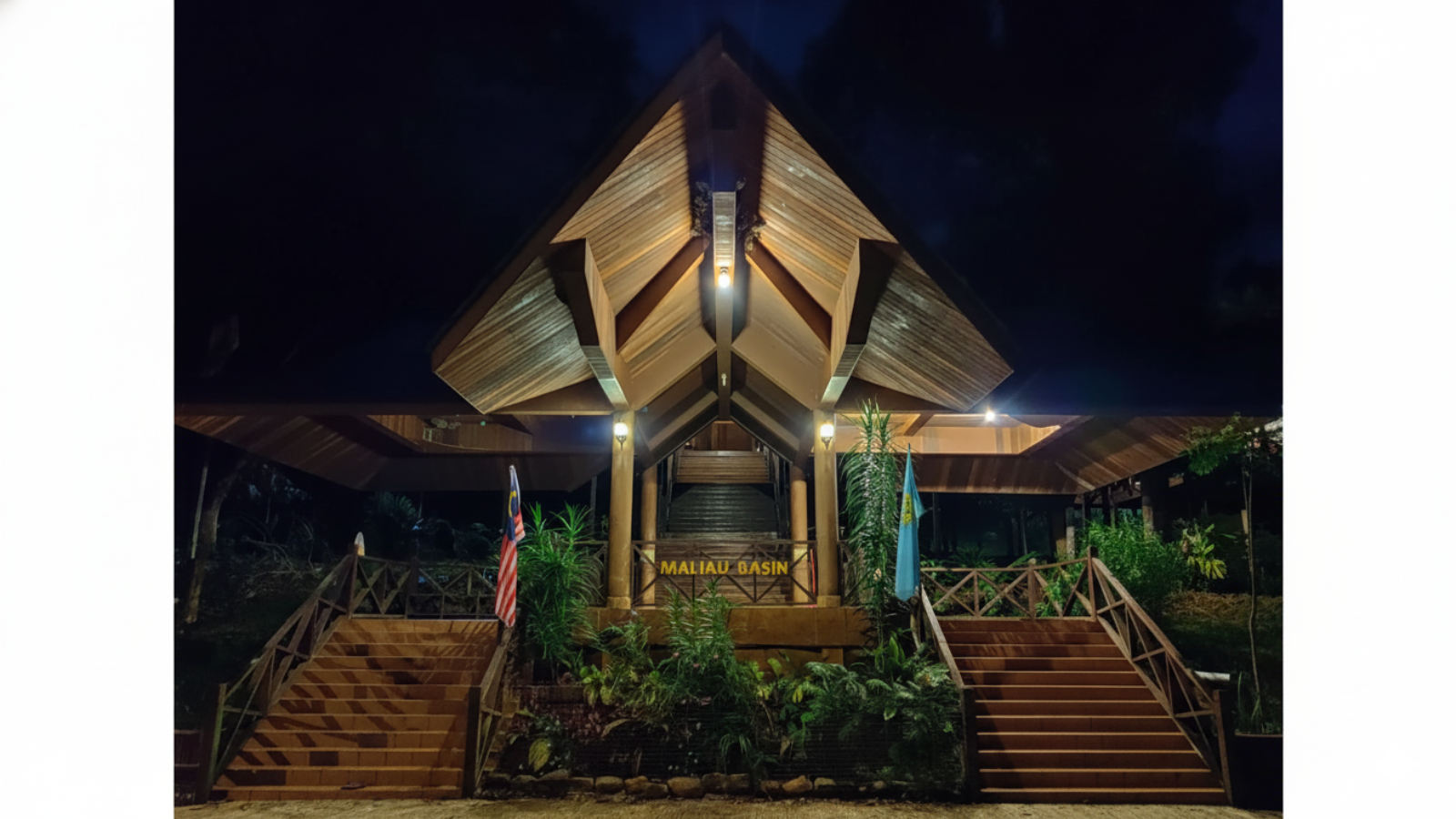
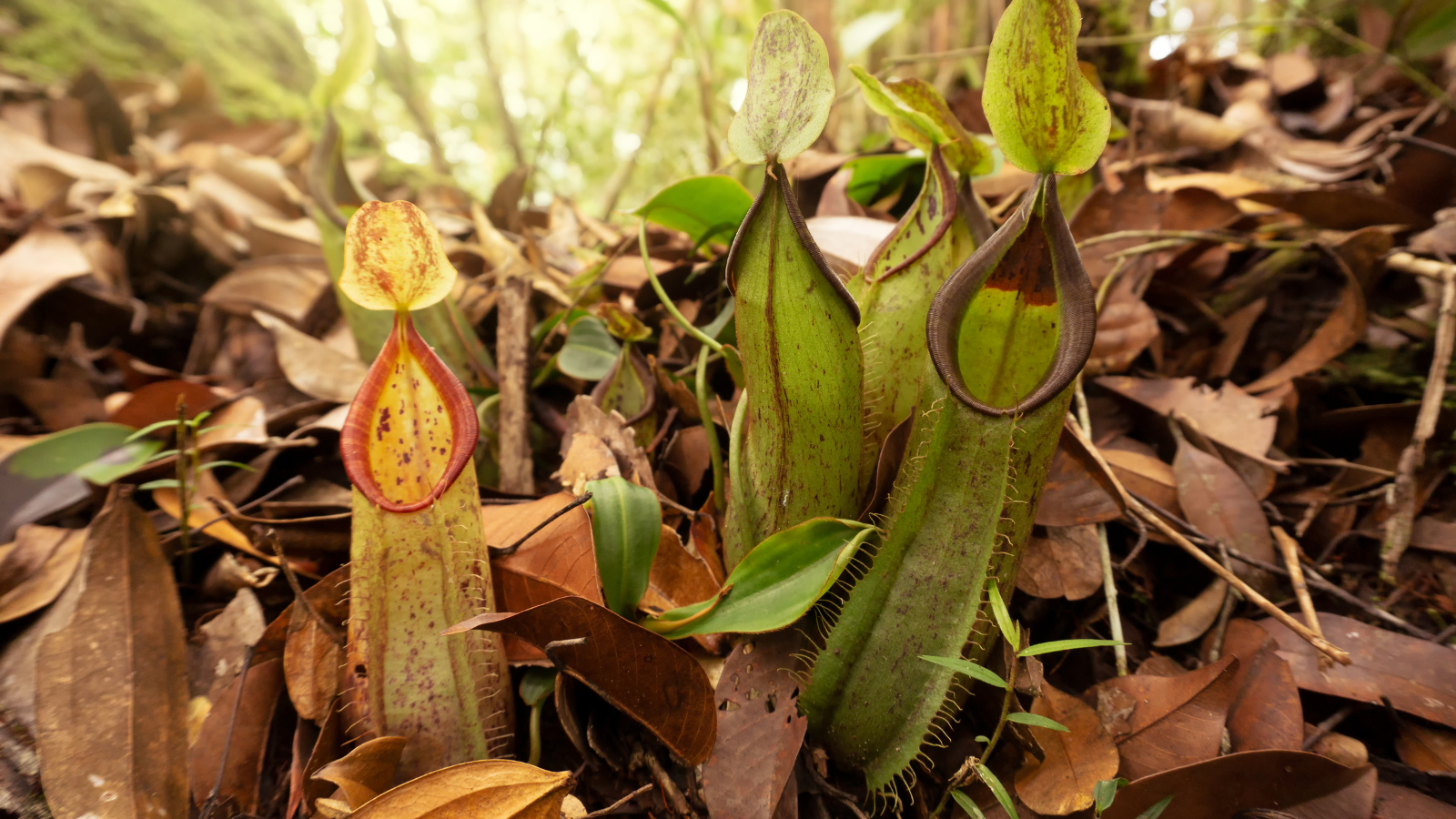
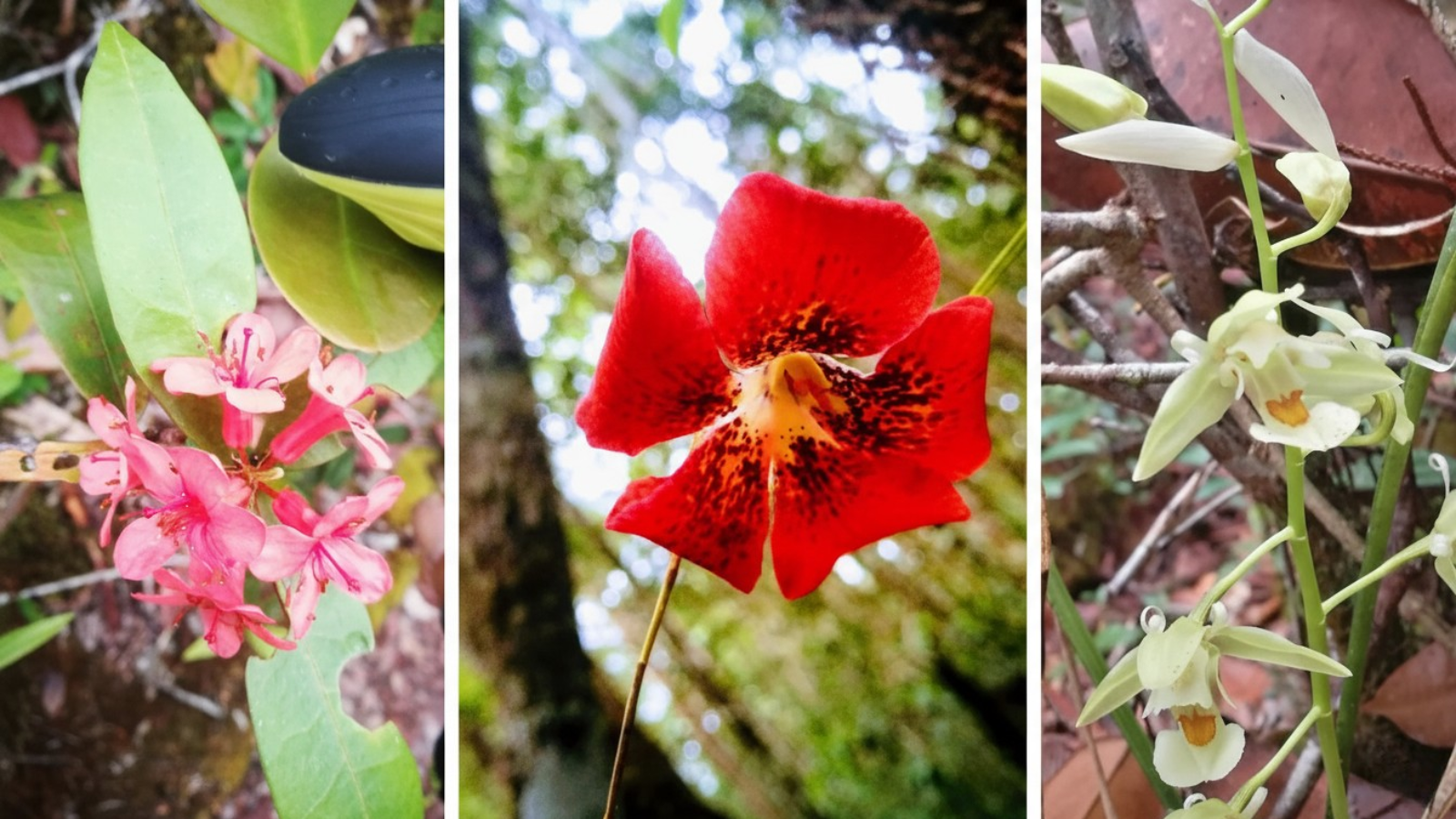
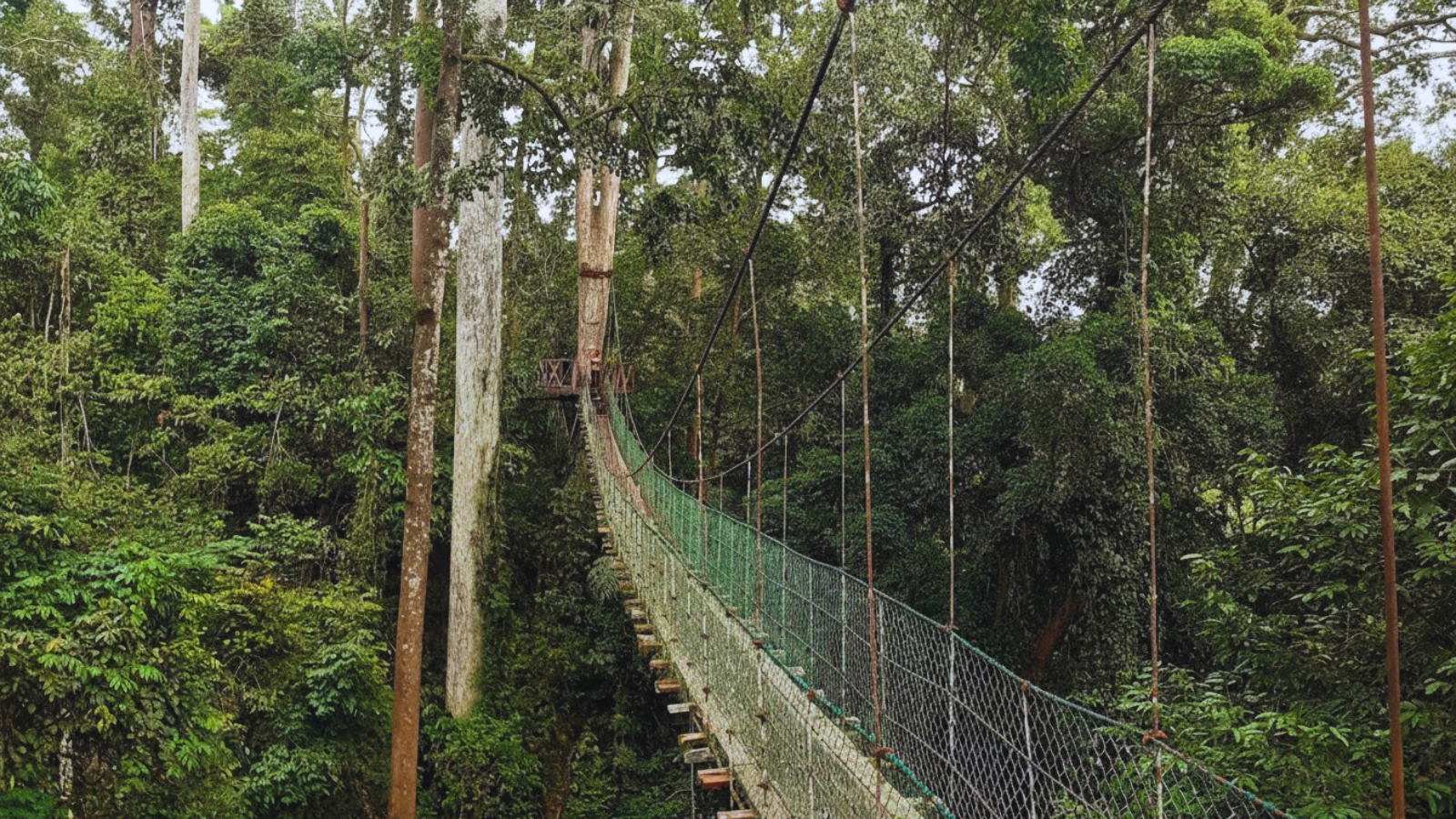
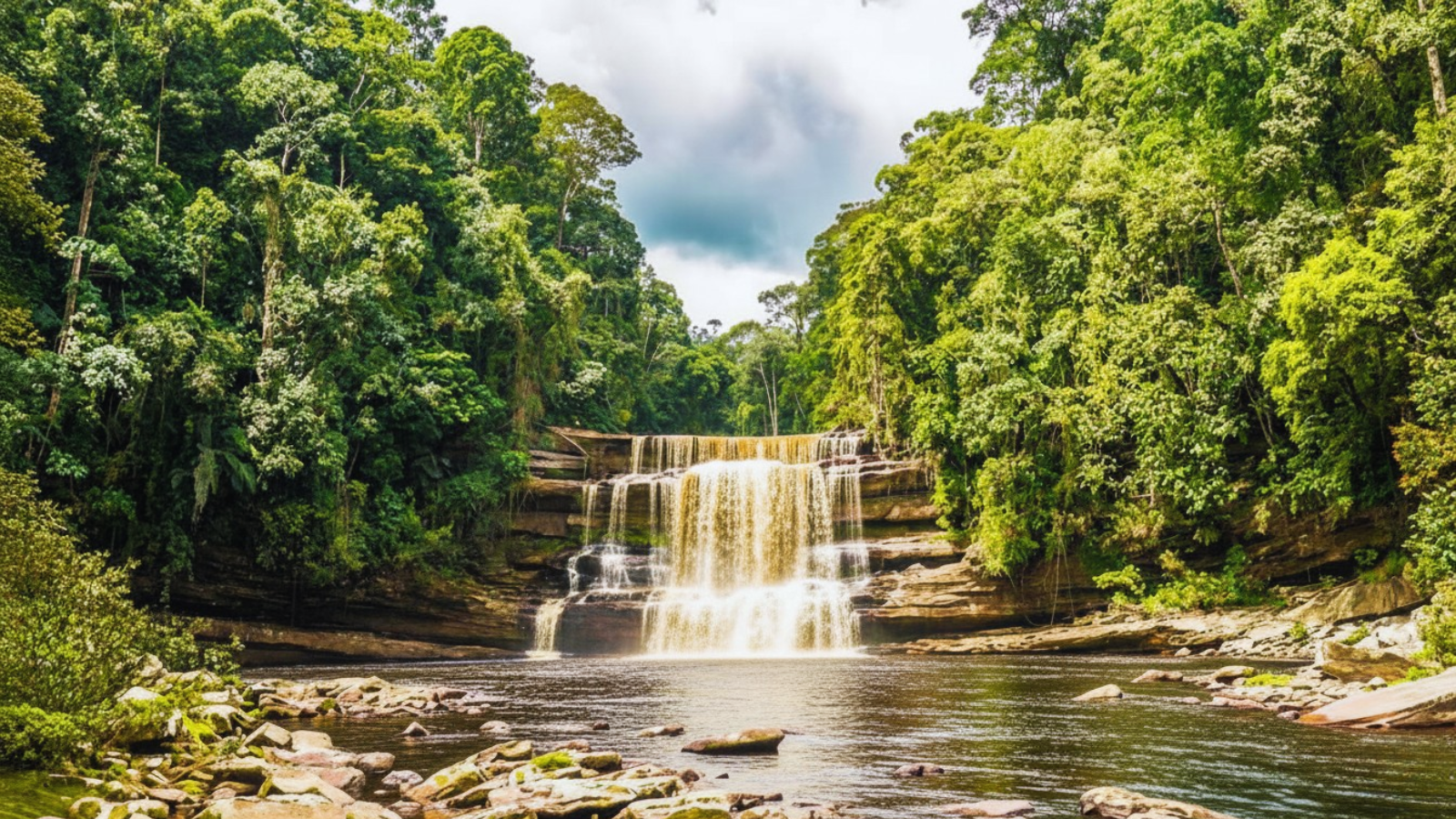
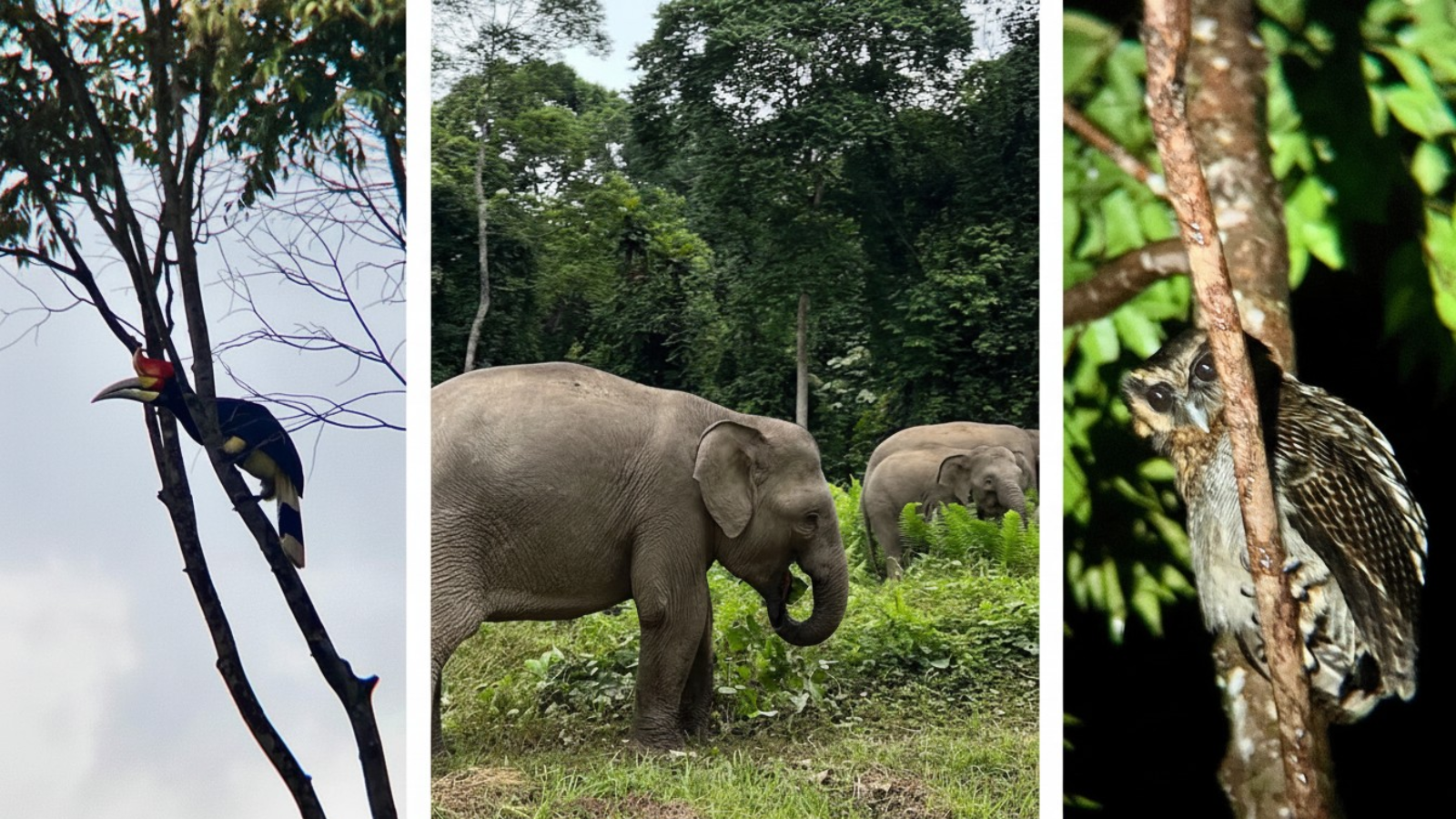
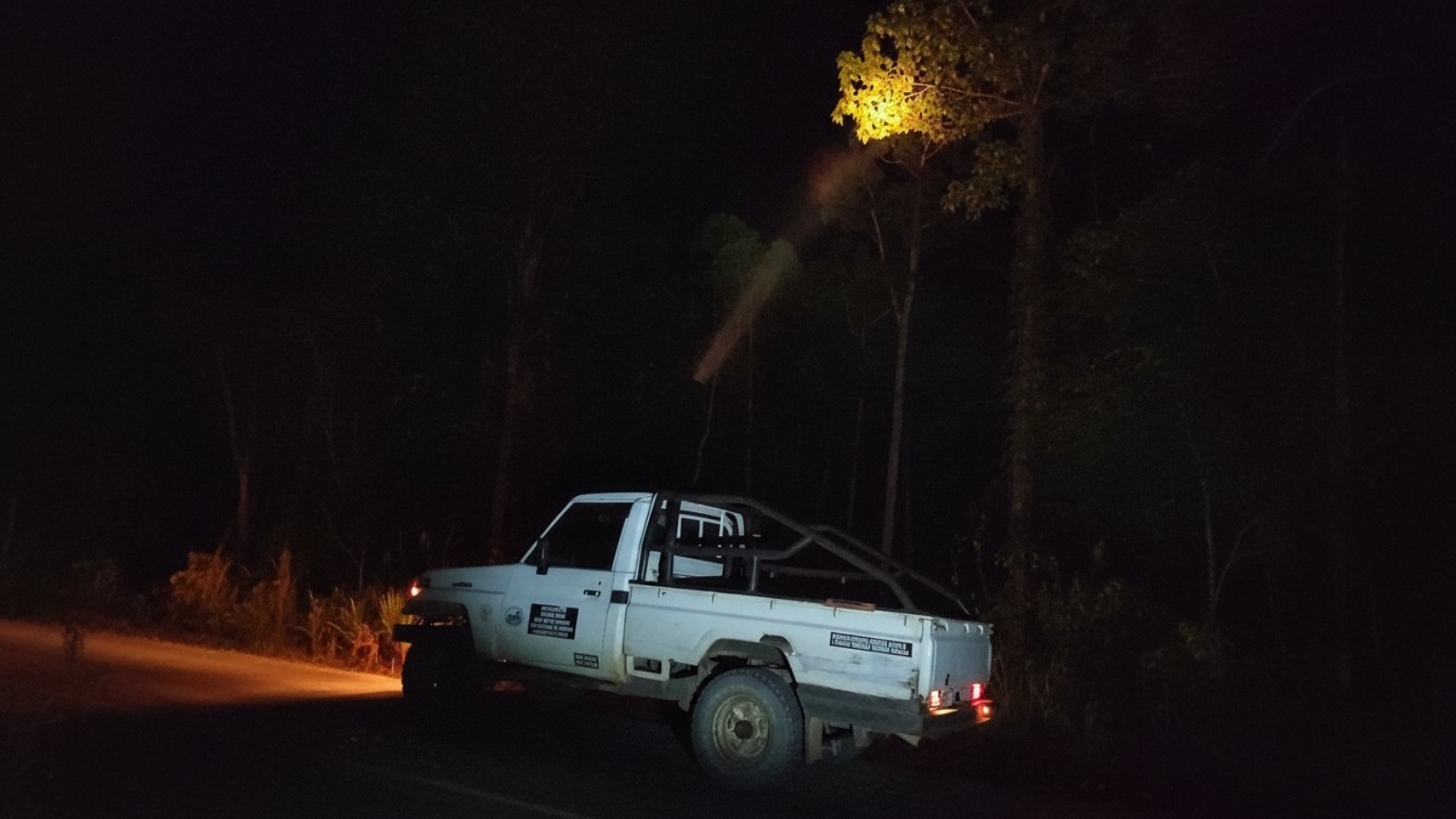
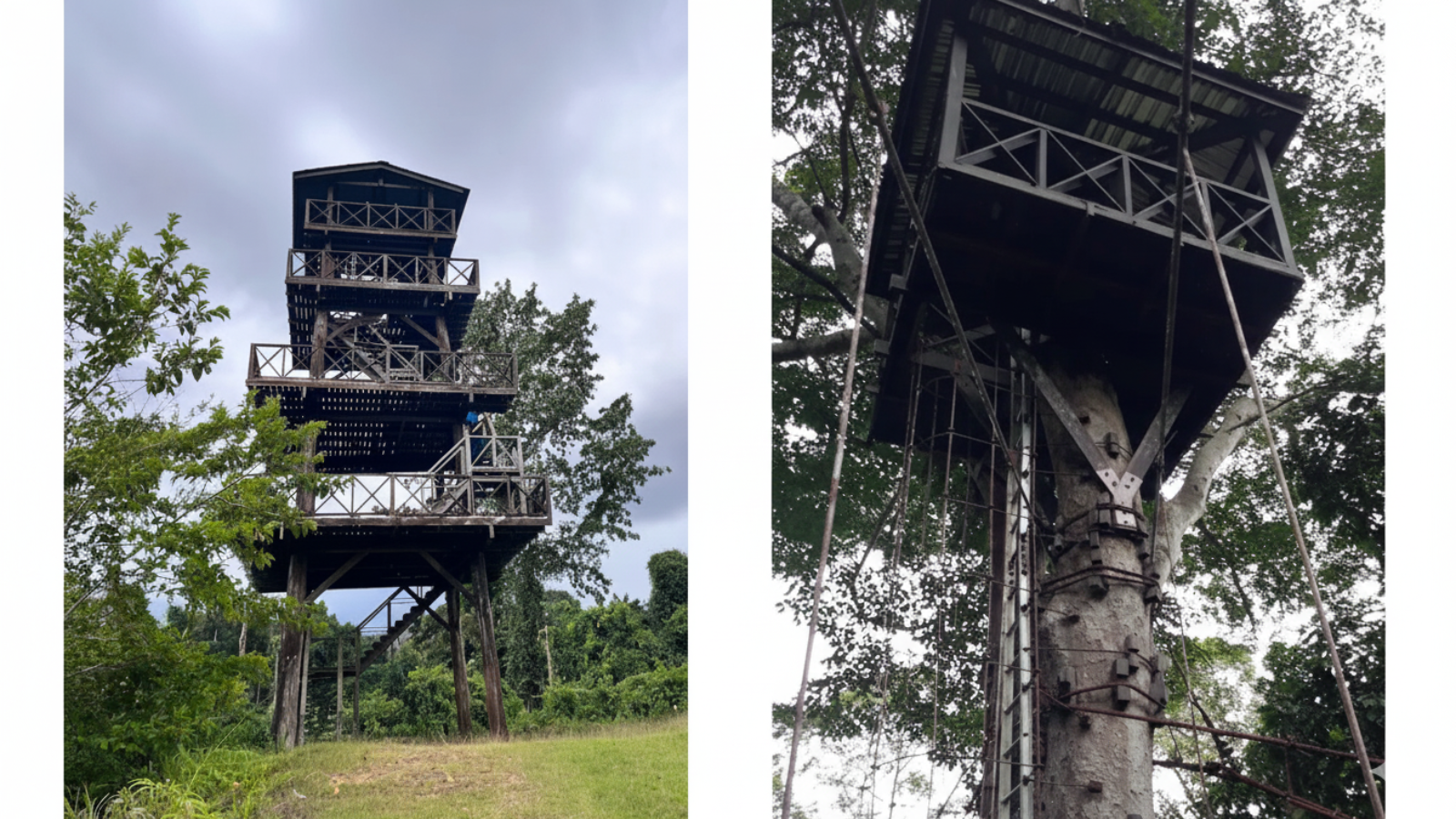
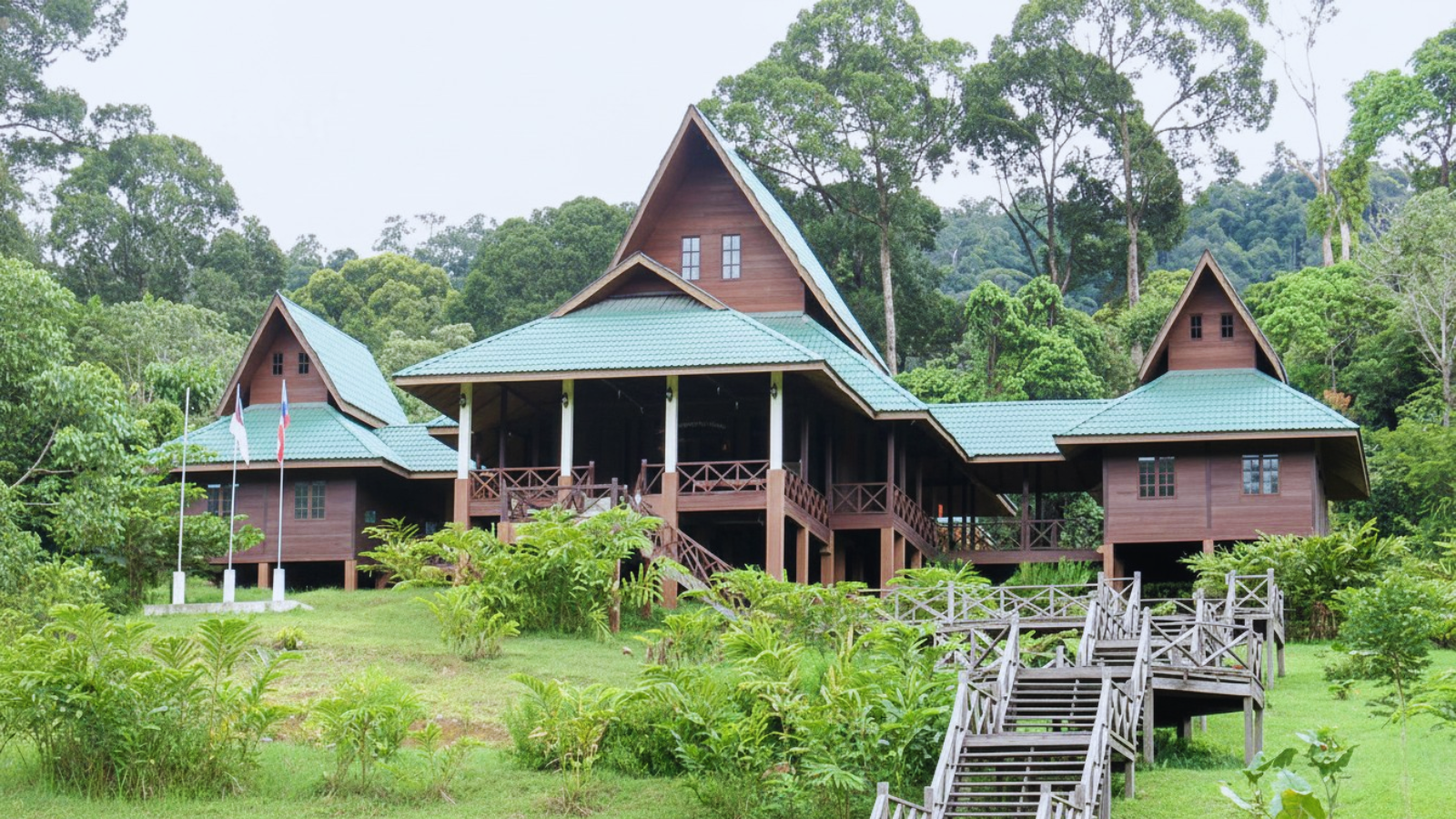
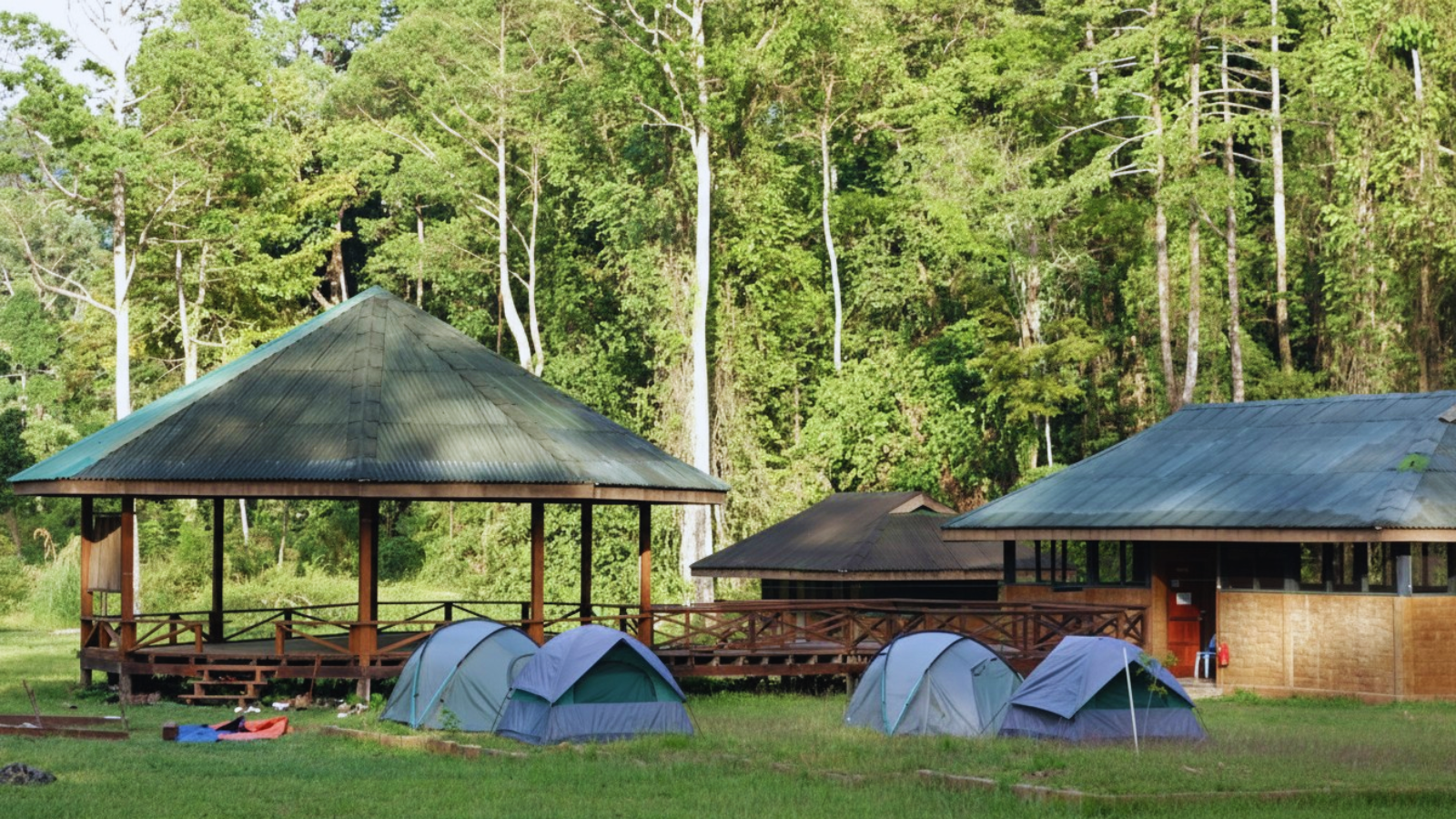
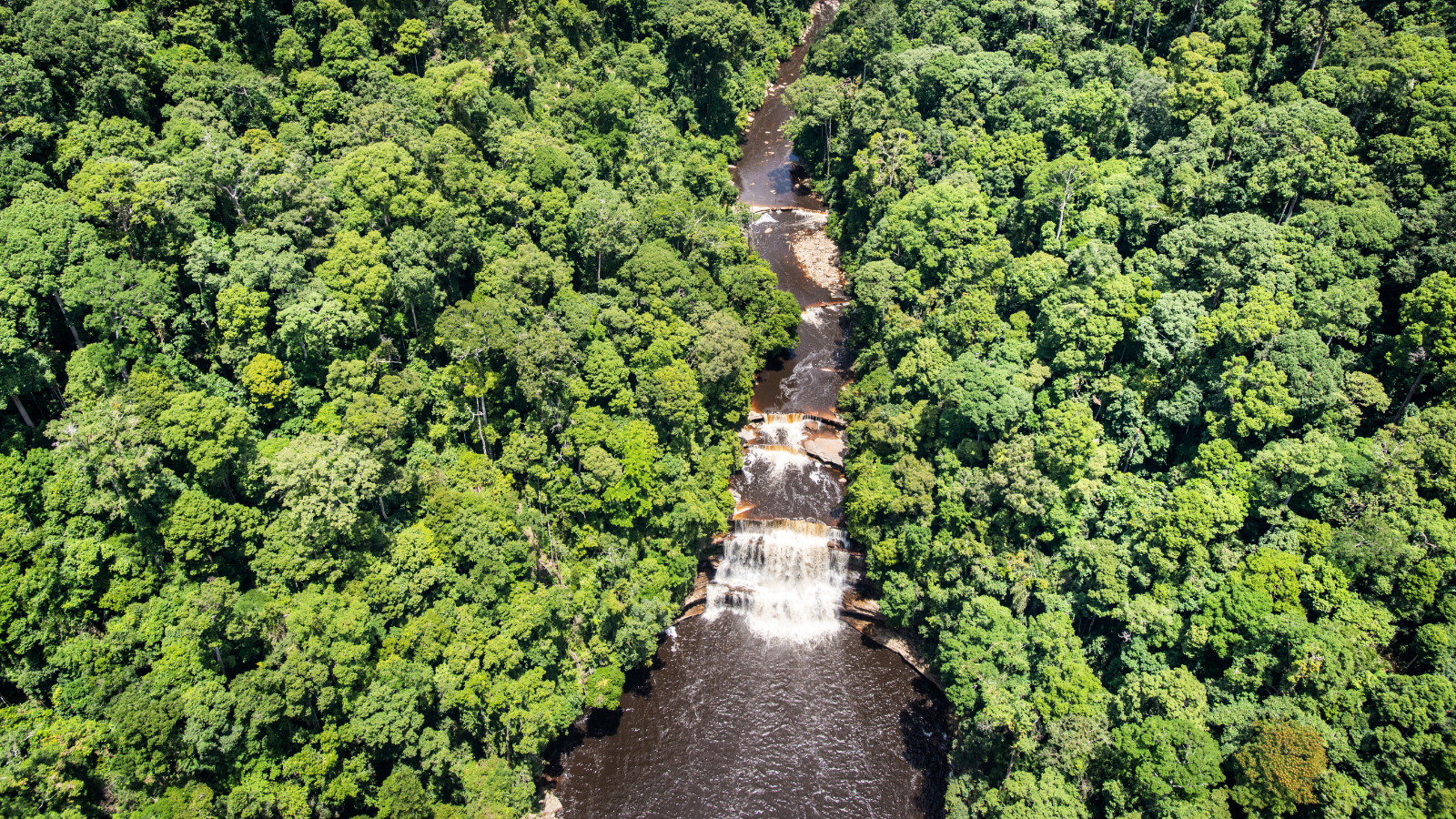









0 Comments